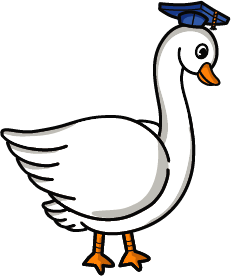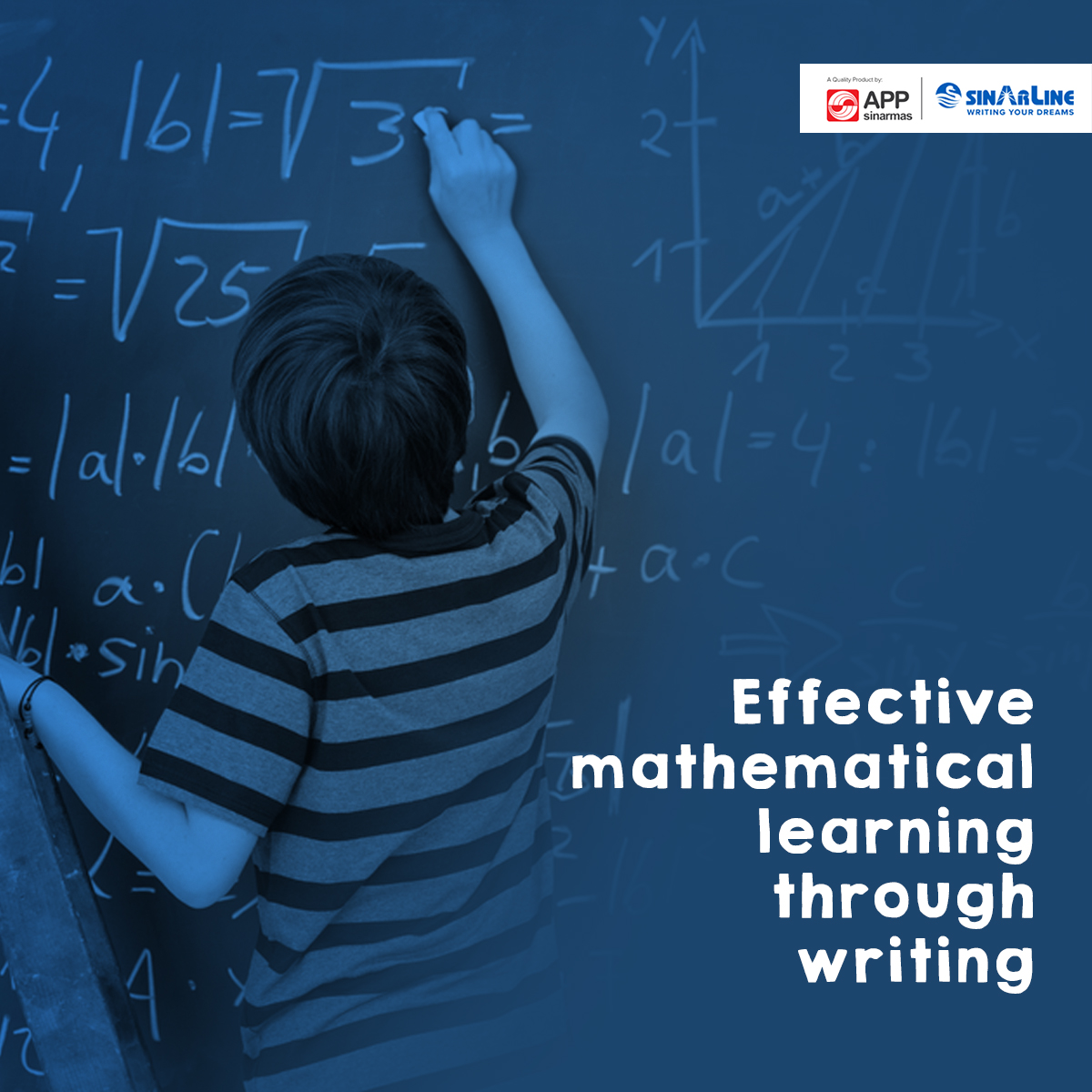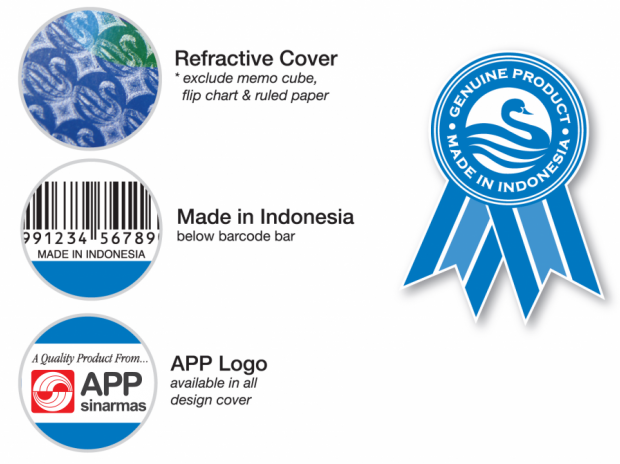Mathematics. Some children love it, while for others it may be the most difficult subject.
Mathematics is, more often than not, viewed as an incomprehensible subject that needs to be memorized by young minds. The source of this problem needs to be addressed to make mathematics fun and loved like every other subject.
Today, on the occasion of International Mathematics Day, learn how writing can help make math learning easier and something your child may look forward to.
First, it is important to understand how a child learns anything. To learn any subject, it is important that students engage. To make it happen, it is also necessary for a teacher to use language to communicate effectively. To begin with, mathematics is characterized by the usage of very formal terms. While other subjects and the way it is treated has seen drastic changes over the years, modern mathematical notation has grown slowly. More importantly, the most commonly followed mathematical proof style in education is still stuck in the 17th century.
Several studies into cognitive sciences tell us that linking abstract and concrete representations improves the overall learning process. It leads to coming up with creative solutions rooted in solid logic. It is no different in the case of mathematics. Students need a way to represent mathematical knowledge to be able to comprehend better. The method must help them record, organize and communicate mathematical ideas, which results in complete understanding, thereby eliminating the need to memorize without grasping concepts. Writing to express is an effective way to get this done. Interleaving graphics with descriptions promote a more profound understanding.
The biggest challenge that students face with mathematics is treating algebra as a tool to manipulate symbols for solving problems, and figuring out how to work with this representational and procedural tool. By encouraging students to write their mathematical thoughts down, the complexity is broken down. An instructor can develop on a pupil’s expressed ideas, paraphrase the reasoning to correct where wrong and illustrate a cohesive mathematical thought process. Further, writing always gives youngsters a sense of ‘creation’. This advantage can be used to get children excited about mathematics by bringing in the scope to ‘create’ in a fairly technical subject.
For those children who find mathematics ‘boring’, ‘tedious’ and ‘tiresome’, introducing effective mathematical communication through writing may be the missing link to turn the perception around. More written practice at all levels of mathematics learning encourages reflection and discussion, which helps students grasp concepts better. Writing leads to clarity in mathematical thinking. All this molds children into individuals with strong logical and reasoning abilities.
Introduce your child to learning mathematics through writing with Sinarline math exercise books. We have several sizes, designs, and styles suitable for different learning ages. Explore our complete range now on www.sinarline.com
Sinarline school stationery products and office stationery range are available at leading stationery stores across the Middle East and Africa.



